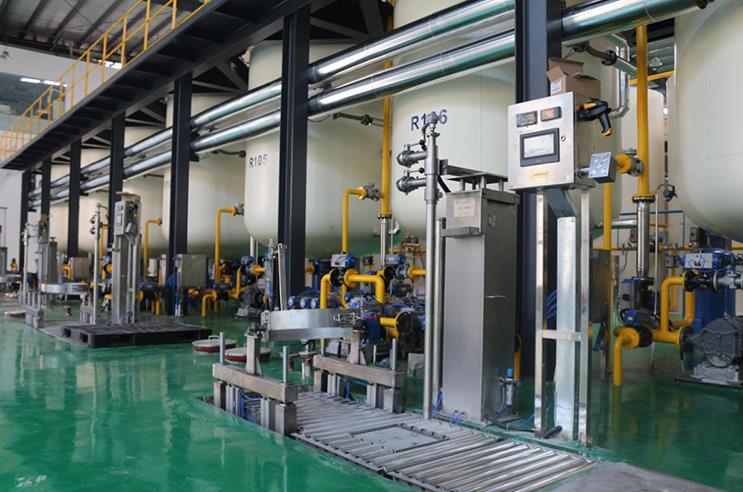In the intricate world of lubrication, precision and quality are paramount. Lubricating oils play a vital role in ensuring the smooth operation and longevity of engines and machinery across various industries. Behind the scenes, a remarkable facility known as the Lube Oil Blending Plant works tirelessly to produce custom-engineered lubricants that meet the unique requirements of modern machinery. In this article, we will explore the fascinating world of lube oil blending plants, shedding light on their purpose, processes, and the significance of their role in industry.
Why We Use Lube Oil Blending Plant?
A Lube Oil Blending Plant is a specialized facility designed for the precise formulation and blending of lubricating oils. These plants serve a crucial function by producing lubricants tailored to specific applications and performance standards. The primary purposes of a lube oil blending plant include:
- Custom Lubricant Formulation: Lube oil blending plants have the expertise and infrastructure to formulate lubricants with precise viscosity, additives, and performance characteristics to meet the unique needs of various machinery and engines.
- Quality Assurance: These facilities implement rigorous quality control measures to ensure that the lubricants they produce adhere to industry standards and meet or exceed the performance requirements of their intended applications.
- Cost Efficiency: By blending lubricants on-site, industries can often reduce costs associated with procurement, transportation, and inventory management. This leads to cost savings and improved operational efficiency.

What’s the process of the Lube Oil Blending Plant?
A Lube Oil Blending Plant employs a series of precise processes to create high-quality lubricating oils. Here are the key steps involved in the production process:
- Base Oil Selection
The process begins with the selection of appropriate base oils. Base oils can be mineral-based, synthetic, or a blend of both, depending on the desired lubricant properties.
- Additive Injection
Specialized additives, such as anti-wear agents, detergents, and antioxidants, are injected in precise quantities to enhance the lubricant's performance characteristics. The choice of additives depends on the intended application and industry standards.
- Blending
The base oils and additives are blended together using sophisticated mixing equipment. The blending process ensures the uniform distribution of additives throughout the lubricant.
- Quality Testing
After blending, the lubricant undergoes comprehensive quality testing. This includes evaluating parameters such as viscosity, flashpoint, pour point, and oxidation stability to ensure it meet the specified standards.
- Packaging and Distribution
Once the lubricant passes quality control, it is packaged into containers suitable for commercial use. These containers range from small bottles to large drums and bulk tanks. The lubricants are then distributed to customers or industrial facilities.

The Significance of Lube Oil Blending Plants
Lube oil blending plants are of immense significance in various industries for several reasons:
- Tailored Solutions
They provide customized lubricants that address specific requirements and operating conditions, ensuring optimal equipment performance and longevity.
- Quality Assurance
Lube oil blending plants prioritize quality control, offering products that meet industry standards and regulatory requirements.
- Environmental Responsibility
Many blending plants focus on producing environmentally friendly lubricants with reduced environmental impact.
- Cost Efficiency
By producing lubricants on-site, industries can optimize costs and reduce their reliance on prepackaged lubricants.
Conclusion
Lube Oil Blending Plants are the unsung heroes of precision lubrication. Their ability to create tailored lubricants with a keen focus on quality control and performance optimization makes them invaluable assets to industries reliant on machinery and engines. As technology continues to evolve and machinery becomes increasingly complex, the role of lube oil blending plants becomes even more critical in ensuring smooth operations, reduced downtime, and sustainable practices across various sectors.

